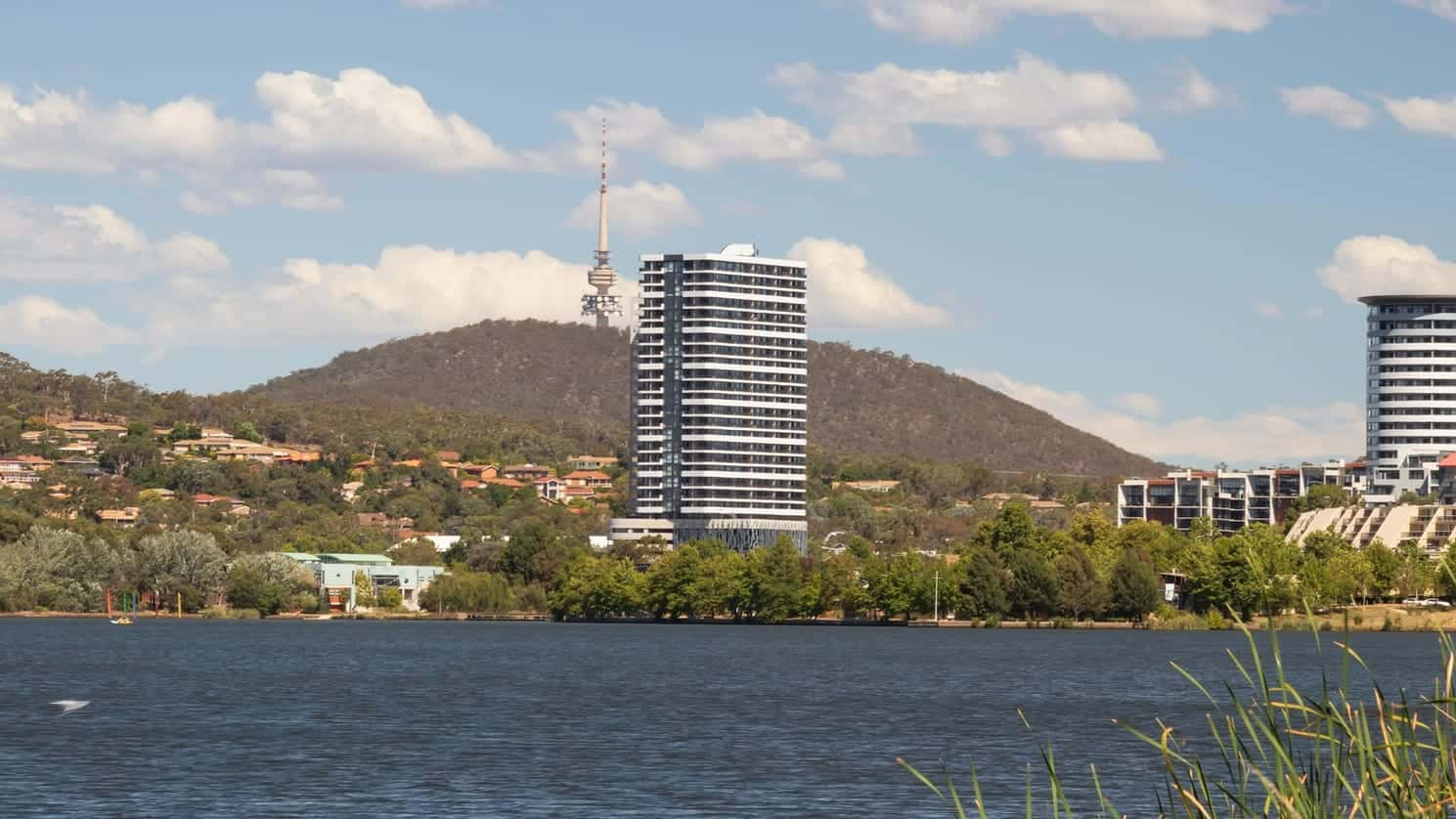
New 2021 Residential Tenancies Law – are you prepared?
May 13, 2021
Who is Responsible for Water Damage in Strata
June 24, 2021
New 2021 Residential Tenancies Law – are you prepared?
May 13, 2021
Who is Responsible for Water Damage in Strata
June 24, 2021More than ever, people are realising the importance of community, connection and having a safe space to call their own. Entering the housing market can be difficult, but strata living and the lifestyle opportunity it offers can be the answer for many people especially now with the rising house prices we are witnessing.
Who is strata living catered to?
- Those entering the residential real estate market for the first time and looking for a more cost effective alternative to a freestanding house and land package
- Consumers whose personal circumstances have changed
- Retirees or empty nesters who are downsizing
- It can also be a drawcard lifestyle choice for those wanting to be close to the buzz of inner city and live in high-rise strata living developments that are part of the modern Australian landscape
The new age of strata living
Strata living has been an option since 1961 and according to Australasian Strata Insights 2020 Report, there are now over 340 000 strata schemes Australia wide. However, since then it has moved on from the traditional low rise and townhouse developments that were more common in those early days of strata living.
Modern high-rise residential units with strata titles address the need and desire for residential living in primary locations in major cities and towns. With population growth and the ensuing shortage of land for development, it is sometimes a question of having to make a choice between living much further out of the city, or opting for a strata title development to stay close to preferred areas and postcodes.
“Both Australia and New Zealand have seen a growth in apartment dwellings over the past decade,” says Associate Professor Hazel Easthope (UNSW Sydney - 02 JUL 2020 KAY HARRISON)
What are the benefits of strata living
There are significant benefits to strata living, by a community combining resources to provide living accommodation that is superior to what can be achieved singularly.
Luxury
In more modern strata residential units, there can be luxury amenities that would be unaffordable for those in a traditional residential home such as tennis courts, pools, well fitted out gyms, spas, roof top or other entertainment areas, games rooms and cinema rooms.
Mirvac head of residential Stuart Penkilis said there has been a gradual uptick in apartment sales as more buyers realise the value proposition compared to houses.
“Once upon a time, apartment living was seen as a compromise to living in freestanding homes,” Mr Penkilis said. “There is a realisation apartment design is changing and what we are seeing is that apartment living, with the high quality amenities, can be equal or better to what you’d experience in a traditional house.” (realestate.com.au)
Connection
The luxury in Australia of big properties and detached dwellings is becoming unaffordable to some. Looking further afield internationally, there is a realisation that in many countries around the world, close confined living is a standard and the communal aspects and sense of community in those close confines is a benefit to singles, or smaller families or those who would otherwise be lonely in a traditional family home. The opportunity to be part of a community that looks out for each other and have regular contact can be a mental health benefit.
Pet ownership
Some states have made changes to legislation to make it easier to own pets in strata title units and some strata developments are becoming more open to accommodating pet owners in their buildings, subject to the relevant by-laws and continued adherence to them.
Community standards
There are tried and tested laws in place, governing the management of buildings that have been designed to promote harmonious and peaceful living in the communal setting. This is making people more open to becoming part of a community that knows there are rules in place to protect their interests and their lifestyle choices.
Budgeting
Regular monthly strata fees that are calculated to cover maintenance costs help with budgeting, and can take the stress out of having to think about, or manage external building, ground or garden maintenance. Strata fees cover the insurance and building maintenance (including painting and cleaning) as well as maintenance and upkeep of common areas and amenities.
Thinking for the future
Some councils have initiatives and support for Strata Living to help reduce the carbon footprint of this denser living style. There are also government initiatives that were originally focused on commercial strata buildings, now also looking to help residential strata units lower their carbon footprint, become energy efficient and save money. In June 2018, the National Australian Built Environment Rating System (NABERS) for Apartment Buildings now offers a way for strata properties to save money while working towards a more sustainable future.
Is strata living right for you? Is it perhaps the next move you will make on your home ownership journey? If you want to find out more about the intricacies of living in a complex / community style housing option, please do not hesitate to get in touch with an Ace Body Corporate Manager in your area, as they would be happy to answer any strata living questions or concerns you may have.
Ace Body Corporate Management (Ace) has been engaged in strata title / body corporate management since 1995. We currently manage over 65,000 units, and are responsible for the management of properties and assets to an approximate value of 30 billion dollars. We have branches all over Australia.
www.acebodycorp.com.au


